It’s a rapidly growing industry, with nail bars on most high streets.
And with party season kicking in, many of us will be flocking to salons to get glammed up.
But could treatments such as gel manicures and acrylic nails be doing us more harm than good?
In an industry so poorly regulated, it’s no surprise that it throws up problems, with some unscrupulous salons using dangerous chemicals.
But with so many of us indulging in nail art, what can we do to make sure we’re getting the best – and least damaging – treatments?
Gel polish addict Mary Tattersall recommends heading to a reputable salon, such as Hepburns Nail Lounge in St Andrews.
Gran-of-four Mary, 73, has monthly Builder in a Bottle (BIAB) polish applied – and credits the treatment for giving her stronger and healthier nails.
Gel manicures can make nails look amazing
They’re pretty striking – she experiments with quirky, eye-catching designs.
“The BIAB lasts a month and I’ve still got my Halloween nail art on, with ghosts, bats, spiders and webs,” says Mary. “It’s my treat to myself once a month.”
Following a cancer diagnosis a few years ago, Mary had gruelling radiotherapy. This, she says, left her nails “in a mess”.
“They were weak, cracked and broken and looked awful. A pal suggested I get BIAB.
“They’ve never looked so healthy – the treatment has done wonders for my nails. It hardens and strengthens them. They grow strong underneath.
“My pal Pam and I go along to Hepburns together. Pam is an avid crafter and needs the strength in her nails for all the card and glue she works with.
“We’re already looking forward to getting our Christmas nails done.”
Mary, who stays in a retirement village in St Andrews, says paying £45 for the treatment is “well worth it”.
“It’s so relaxing,” she adds. “The staff give us a cup of tea and a hand massage. When you leave your nails look amazing.”
How can we be sure salons won’t damage our nails?
Jackie Flett, director of Hepburns, says the salon “cares deeply” about clients’ natural nails.
“That’s why we never use drills or products that will harm your natural nail plate,” she adds.
“We’re all about growing your own nail and helping it stay as strong as possible.
“Our products are gel-based – not acrylic – which we think gives the best adhesion without lifting but also gives a more natural looking result.”
Hepburns beauty therapists never re-use nail files – they always use single-use disposable alternatives.
They offer tailored nail treatments but Jackie says the most popular is the “No-Chip Manicure”, which gives clients on average 26 days of “perfect colour and strength”.
“It’s great for protecting your nails’ own strength and stays super shiny and perfect for weeks,” adds Jackie.
While some salons use methyl methacrylate (MMA), a substance harmful to both clients and nail technicians, Jackie says reputable ones such as Hepburns do not.
“In the UK, MMA is not outright banned, but it is strongly discouraged and restricted for use in nail products,” she says.
“Regulatory bodies like the UK’s Department of Health and the Chartered Institute of Environmental Health have raised serious concerns about MMA’s safety due to its harmful effects on health and the potential for permanent nail damage.
“By using a reputable salon that you know prioritises safety and quality you should hopefully avoid any MMA.
“Salons that use safe, high-quality products often advertise this commitment, and you can ask your technician about the products they use to be sure.”
Do UV lamps used to cure gel nails pose a cancer risk?
Some reports have suggested that the UV/LED lamps used to cure gel nail polishes pose a cancer risk.
But Jackie says there’s nothing to worry about.
“We reassure our clients that the risks of our lamps is minimal,” she says.
“For a typical gel manicure, where hands are exposed for five to ten minutes, the cumulative UVA exposure is less than what a person would receive from just a few minutes in normal daylight.”
Do some nail treatments cause damage?
Dundee-based fashion and beauty content creator Christina Miller stopped getting gel and shellac manicures years ago.
“Every time I removed the gel polish my nails were weak, thin and peeling – even when they were removed by a professional,” says Christina, who writes The Daydreamer.
“It was obvious the gel polish was damaging my nail health.
“I’m sure if I had repeat gel my nails would cope, but I don’t need the hassle of having to have my nails done every two weeks!”
Instead, Christina goes to Cosmetology Dundee once a month for an express manicure.
This involves a cosmetologist tidying up her cuticles and filing her nails, finishing with a coat of OPI Nail Envy strengthener.
“At home, I reapply Nail Envy each week and apply oil to my cuticles every night to keep them soft and neat for the rest of the month,” she says.
“That way, when I fancy wearing a regular nail lacquer, it looks like a professional job without any of the risks associated with gel polish.”
Dermatologist’s views on nail treatments?
Dr Andy Affleck is a consultant dermatologist with NHS Tayside. He also works with skin cancer patients in his role as Mohs surgeon.
He confirms that “robust studies” have shown the risk of skin cancer posed by UV lamps is “negligible”.
“There was a wee scare about this a few years back but studies have reduced this to virtually no risk,” he says.
“According to The Skin Cancer Foundation, someone would have to get weekly gel manicures for 250 years to reach the UVA exposure level associated with a slight risk of skin cancer.
“If you want to be really safe, you could wear fingerless gloves to protect the back of your hands or wear sunblock – but it doesn’t sound like it’s necessary.”
Dr Affleck acknowledges there can be “significant benefits” afforded by nail treatments.
“They can give people more confidence and disguise nail abnormalities,” he elaborates.
“Plus they can help hide nail disease and camouflage discoloured nails.”
So what are the risks?
However, Dr Affleck warns there are potential risks associated with treatments, such as fungal and yeast infections, allergies, and dermatitis.
“If the salon is not reputable, they might not sanitise instruments,” he adds.
“And if they reuse instruments, there could be a chance of blood-borne virus, whether hepatitis C or HIV. It’s a tiny risk but it’s possible.”
He says repeatedly having artificial nails can permanently damage natural ones, leaving them brittle, ridged or lifting.
“You essentially traumatise the nail,” he adds.
Avoid MMA at all costs
What about MMA? Dr Affleck warns against this.
“MMA was banned in the USA in 1974,” he says. “It’s cheaper and linked to allergic dermatitis, asthma, and nail damage. It’s potent.
“The trouble is the cosmetic industry isn’t very well legislated or supervised. Therefore standards can vary.
“But it’s important for salons to clarify they’re not using MMA.”
While not ‘banned’ in the UK, technicians should be using EMA (ethyl methacrylate) or a less dangerous substitute.
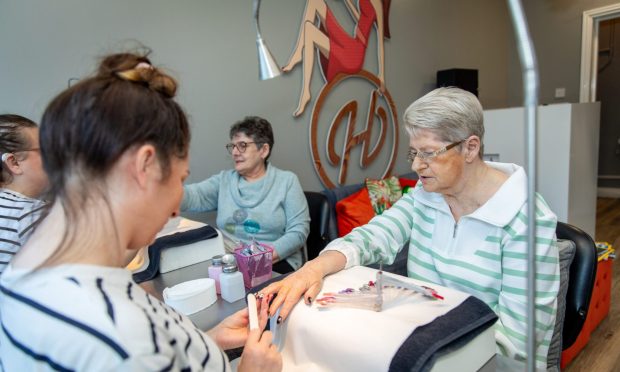
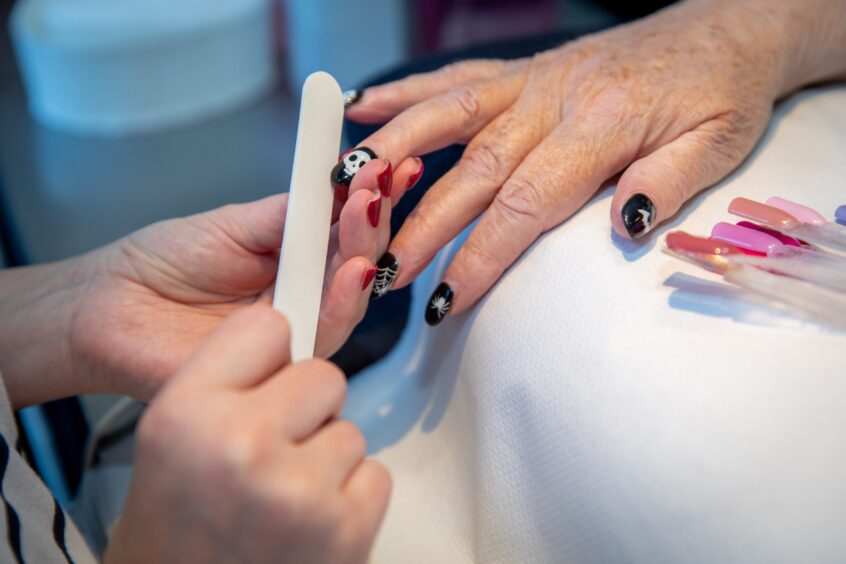
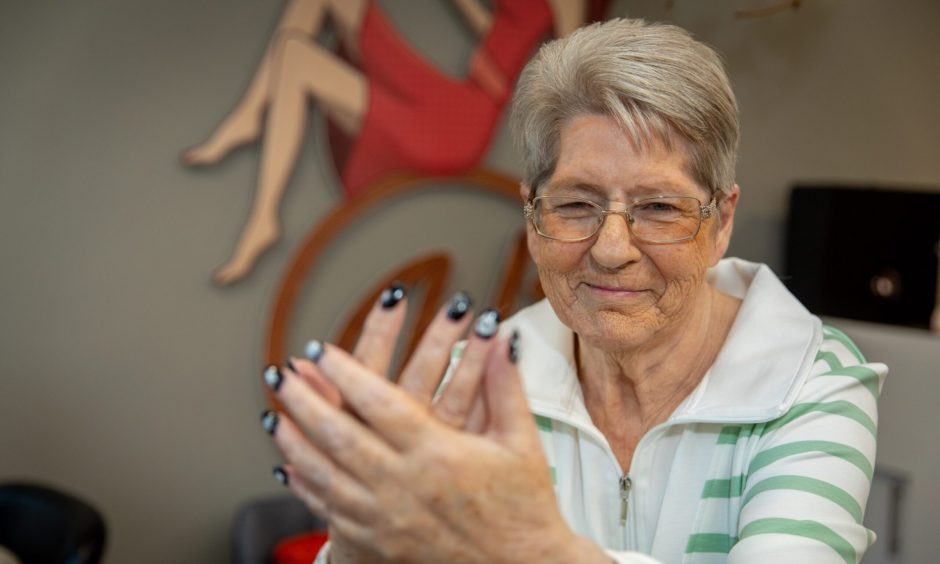
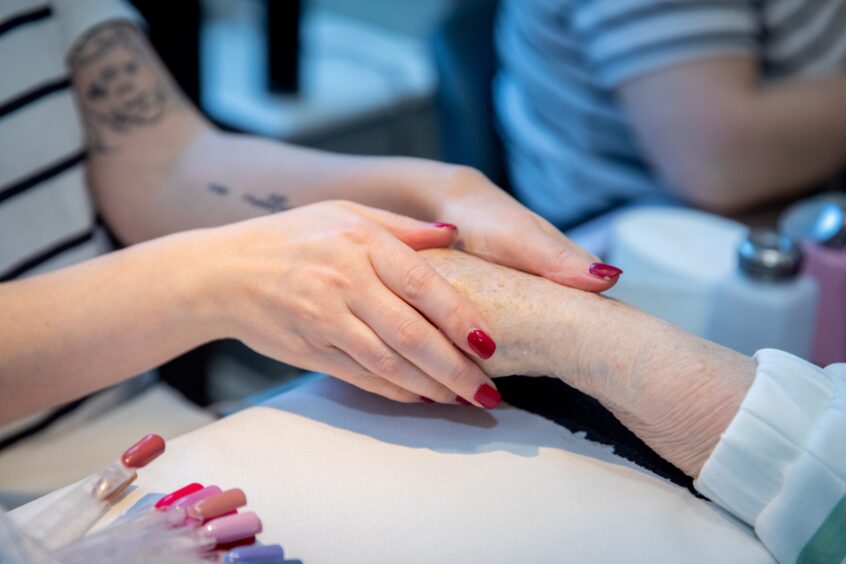
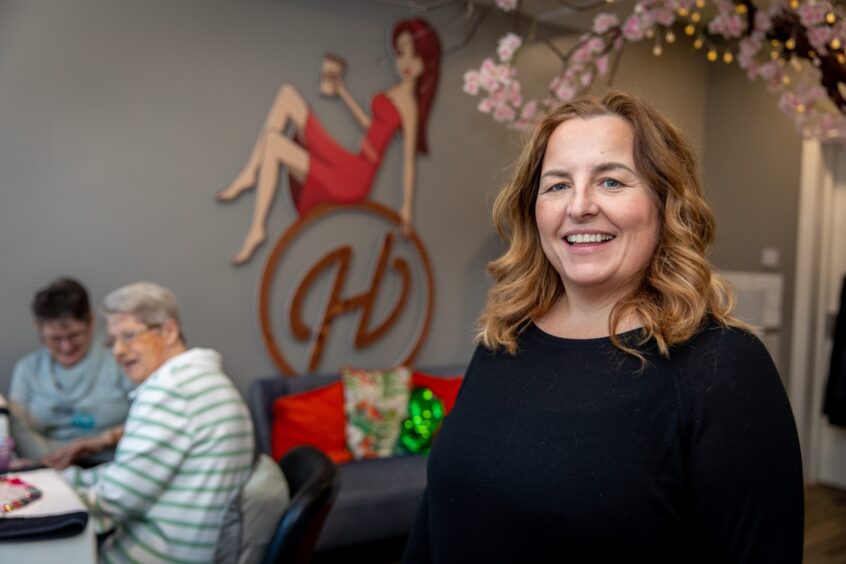
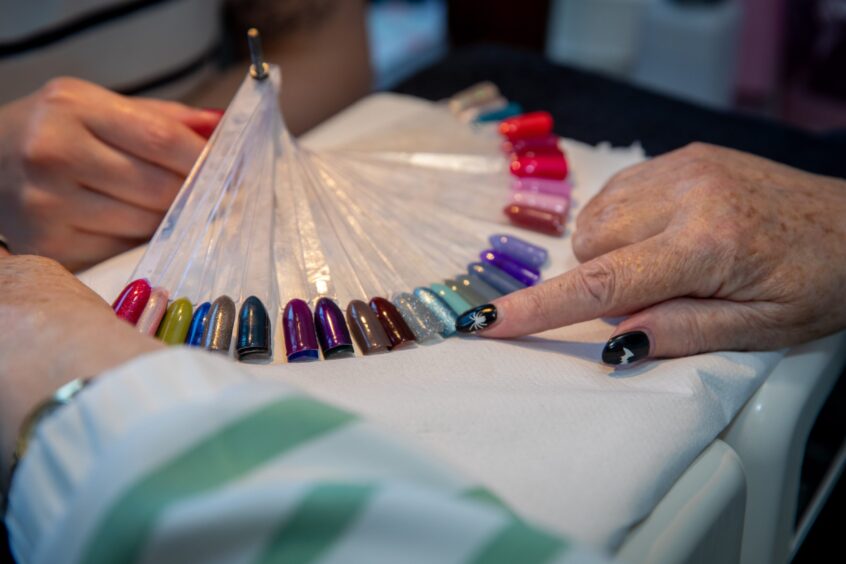

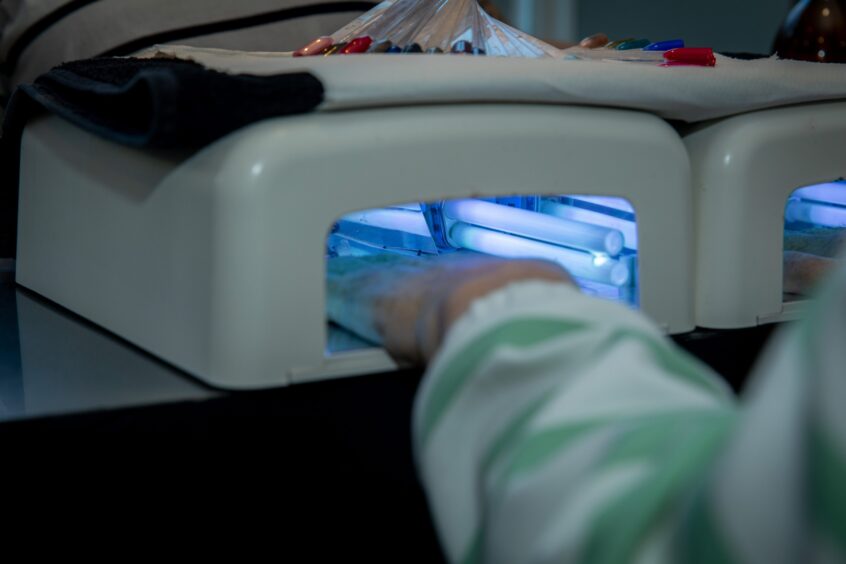

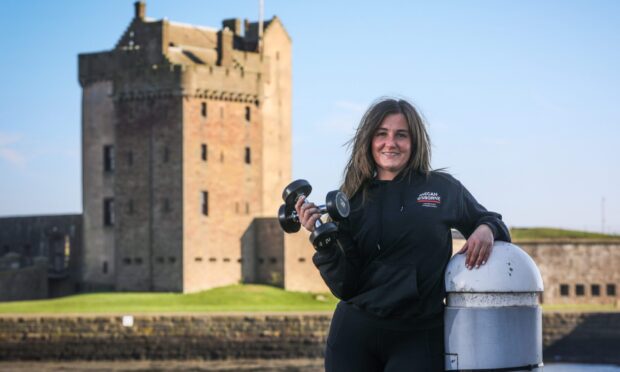
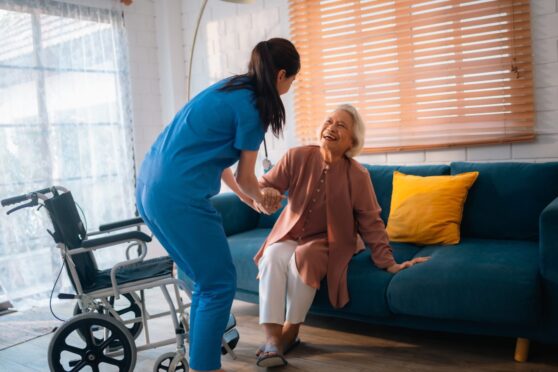

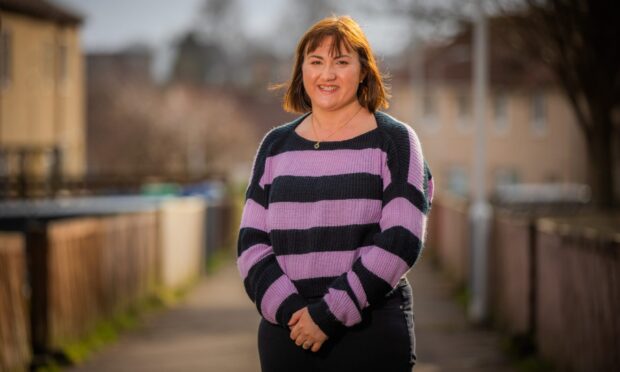

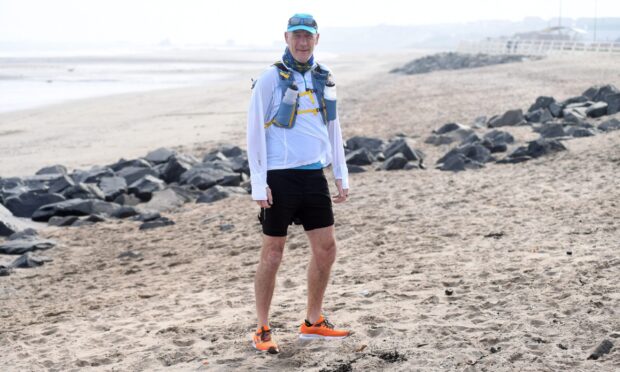
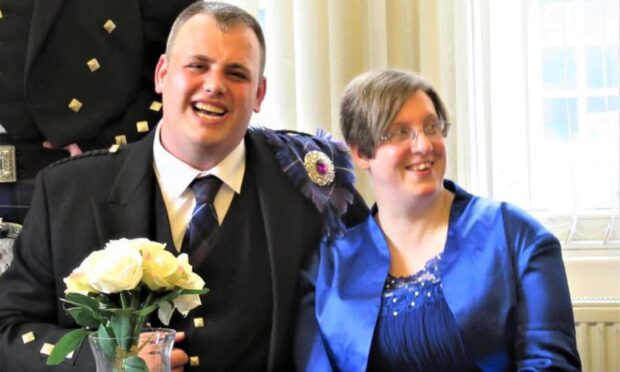
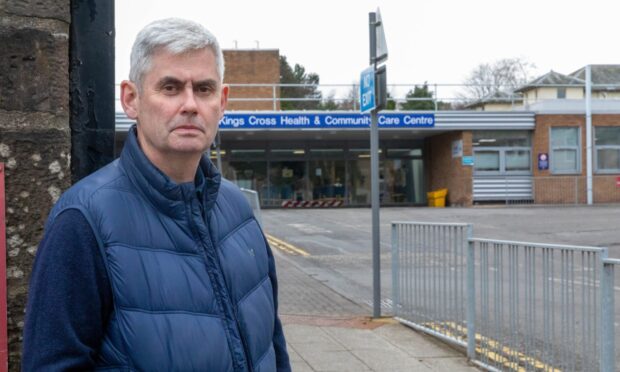
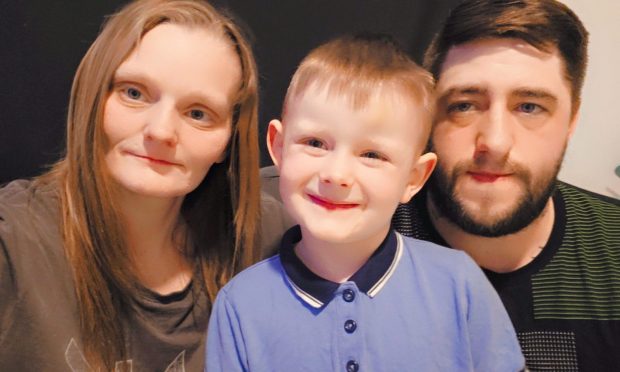
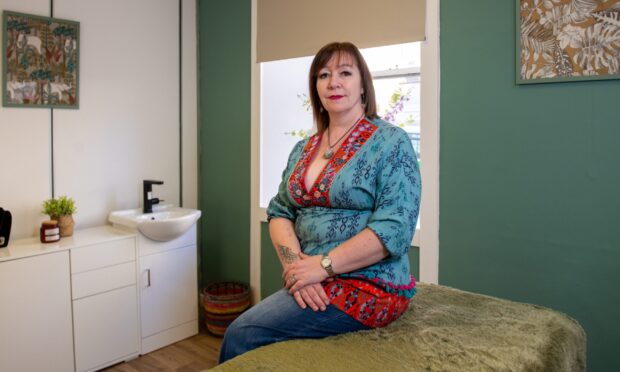
Conversation